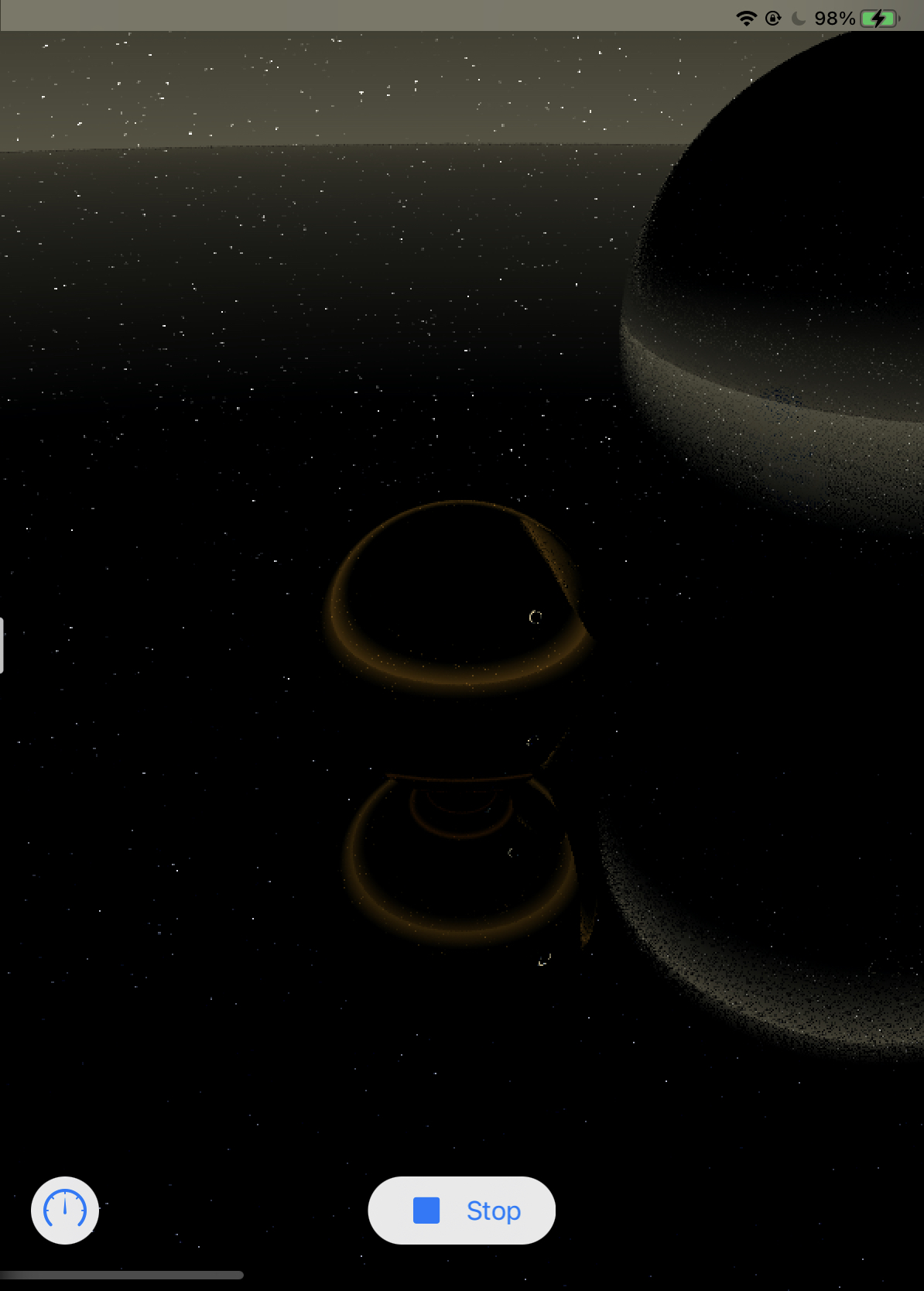最近的交了WWDC2021作品,然后我凑巧通过伪随机数生成一个SkyBox,说一下思路嘿嘿
最近的交了WWDC2021作品,然后我凑巧通过伪随机数生成一个SkyBox,说一下思路嘿嘿
然后这篇文主要是写给有了解过Ray Tracing in one weekend看的
下面代码都是Metal
这个随机书算法是从StackOverflow拿过来的,日常CV嘿嘿,但是原回答没说怎么用,这几我姑且把x和y算作屏幕像素的texturecoord的x和y
z是从CPU那边buffer过来的时钟信号,主要是每一帧能z+1就好了
1 | // Generate a random float in the range [0.0f, 1.0f] using x, y, and z (based on the xor128 algorithm) |
这里写了一个SkyBox的Material,参数什么的姑且不看,
主要是c:和原书中生成天空渐变色一样
float rd是vec3的三维随机数,别忘了z要+1、+2,不然一个像素内的时间种子z是一样的
pow是滤波,需要把rd中偏向灰白色的像素过滤掉,只留下发亮的星星✨,把✨给我们的star,然后SkyBox这支Material会反射回去
1 | class SkyBox { |
最后就是因为这支SkyBox是天空盒,相机在里面,需要把反射的方向取个反,这行代码所在位置相当于书里的ray_color里,我的写法里的cur_ray是去掉了递归,循环的写法
1 | cur_ray = Ray(radiated.orig, -radiated.direction()); |
看看效果咯
